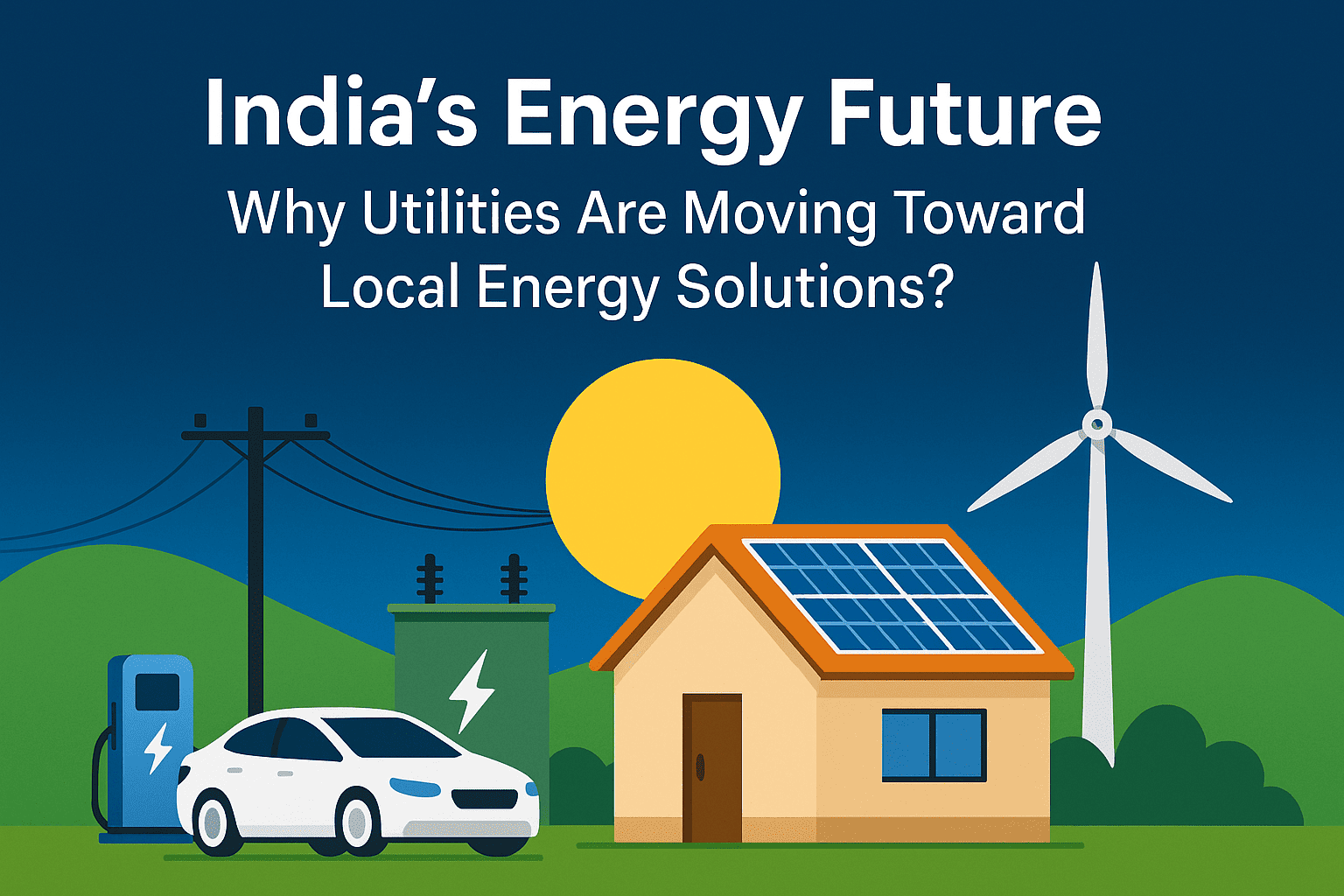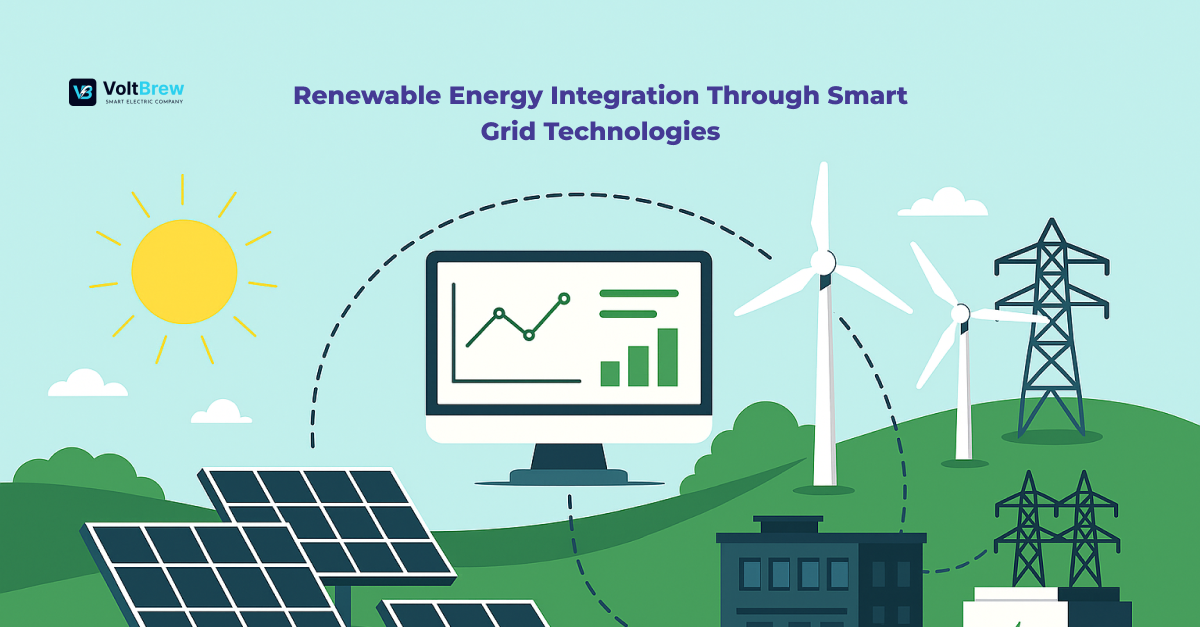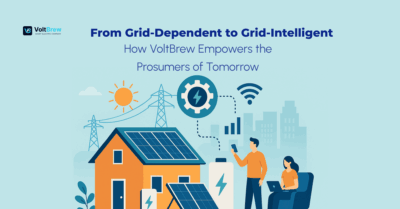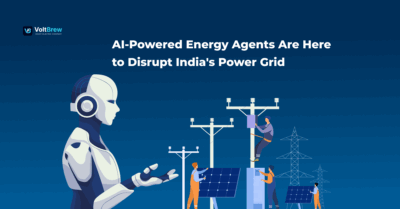The global energy landscape is rapidly evolving. One clear trend stands out: utilities are moving away from centralized power systems toward local energy solutions.
This shift is driven by the urgent need to fight climate change, rapid technological innovation, and the demand for smarter, more resilient power grids.
Smart grid technology is enabling utilities to deliver efficient, reliable, and consumer-responsive energy services.
This blog explores local energy solutions, why utilities are adopting them, and how they benefit consumers, the grid, and the environment.
What Are Local Energy Solutions?
Local energy solutions use technologies that generate, store, and manage power near where it’s consumed. They decentralize energy and empower users to take control of their usage.
Key Components of Local Energy Solutions
Distributed Energy Resources (DERs):
Small-scale, renewable systems like rooftop solar, home batteries, wind turbines, and EVs that generate or store energy near the point of use.
Microgrids:
Decentralized energy networks that operate with or without the main grid. They ensure reliable power for critical sites during outages.
Community Solar Projects:
Shared clean energy installations, such as solar gardens or co-op wind farms, where residents invest together and access renewable power.
Demand Response Systems:
Smart grid tools that adjust electricity use in real time based on demand or pricing, helping balance the grid and reduce peak load.
These local energy solutions enable communities to generate their own power, reduce dependence on the centralized grid, improve energy resilience, and even participate in peer-to-peer energy trading or virtual power plants (VPPs) by selling excess power back to utilities.
Why Are Utilities Making the Shift?
1. Rising Demand for Renewable Energy
Consumers worldwide are demanding cleaner, greener renewable energy solutions. According to the IEA, renewables made up nearly 30% of global electricity in 2022—and that share is expected to rise. Local sources like rooftop solar and small wind systems play a key role, thanks to their easy deployment and scalability. Utilities are thus pivoting to integrate these resources into their portfolios.
2. Enhancing Grid Resilience and Reliability
Centralized power grids are vulnerable to disruptions caused by extreme weather events, cyberattacks, and aging infrastructure. Distributed energy resources (DERs), particularly microgrids, can isolate and maintain power to essential services during outages. In wildfire-prone California, microgrids keep hospitals, fire stations, and emergency centers running during blackouts, ensuring safety when the grid fails.
3. Driving Cost Savings and Operational Efficiency
Local energy solutions leverage advanced technologies such as smart meters, battery energy storage, and AI-driven smart grid technology to optimize grid performance. These tools reduce stress on the grid during peak times, minimize transmission losses, and delay costly infrastructure upgrades. The U.S. Department of Energy estimates that widespread adoption of distributed energy resources could save the nation up to $50 billion annually by reducing peak demand charges and avoiding expensive grid expansions.
4. Strong Policy and Regulatory Support
Governments globally are enacting policies to accelerate local energy adoption. These include tax credits, feed-in tariffs, net metering, and grants supporting rooftop solar and storage deployments. The 2022 U.S. Inflation Reduction Act, for instance, allocates billions for distributed solar and battery incentives, while the European Union’s Green Deal actively promotes community solar projects and mandates renewable integration. These frameworks lower financial barriers and incentivize utilities to embrace decentralized energy systems.
5. Rapid Technological Advancements
Rooftop solar costs have dropped over 80% since 2010, with battery storage becoming cheaper too. New tech like blockchain energy trading and virtual power plants (VPPs) lets utilities manage small producers efficiently. These tools enable real-time energy trading and smart grid upgrades, making local energy more scalable than ever.
Real-World Examples of Local Energy Adoption
Brooklyn Microgrid, New York, USA
A pioneering peer-to-peer energy trading initiative where neighbors use blockchain technology to buy and sell excess solar power, fostering community engagement and energy independence.
Feldheim, Germany
A rural village that has achieved full energy independence by combining wind turbines, solar arrays, and biogas plants, powering all homes and businesses sustainably.
Australia’s Distributed Energy Resources Roadmap
This national strategy targets over 50% of electricity generation from rooftop solar by 2030, driven by government policies and proactive utility integration.
Benefits for Utilities
Contrary to the misconception that local energy threatens traditional utility models, this shift offers utilities significant opportunities to innovate and grow:
1. New Business Models
Utilities can transform from mere energy suppliers to holistic energy service providers, offering grid management, energy optimization, and local energy integration services.
2. Enhanced Customer Engagement
Providing customers with tools like energy monitoring apps, storage leasing programs, or community solar subscriptions fosters trust, loyalty, and participation.
3. Operational Flexibility
Distributed energy resources give grid operators additional levers to balance supply and demand, improve power quality, and defer infrastructure investments.
Challenges Still Remain
1. Grid Integration Complexity
Managing millions of distributed energy assets requires advanced software, sophisticated coordination, and enhanced cybersecurity measures.
2. Regulatory Uncertainty
In some regions, outdated policies or the absence of clear frameworks slow DER adoption and limit utility participation.
3. Equity and Access
Ensuring that low-income, rural, and marginalized communities have equitable access to local energy solutions is essential for a just energy transition.
The Future Is Local—and Smart
The movement toward local energy solutions is far from a passing trend—it’s a fundamental shift driven by climate imperatives, infrastructure challenges, and changing consumer expectations. Utilities that embrace innovation, foster partnerships with communities, and invest in digital tools will lead the way in creating a decentralized, resilient, and inclusive energy future.
As technology advances and policies evolve, expect to see neighborhoods not only generating and storing their own energy but actively participating in energy markets — transforming from passive consumers into empowered prosumers shaping a clean energy future.
Final Thoughts
The energy landscape is decentralizing rapidly. Utilities that adapt to and lead this transformation by investing in local energy solutions will not just survive—they will thrive. They are at the forefront of a cleaner, more reliable, and customer-centric energy future.





